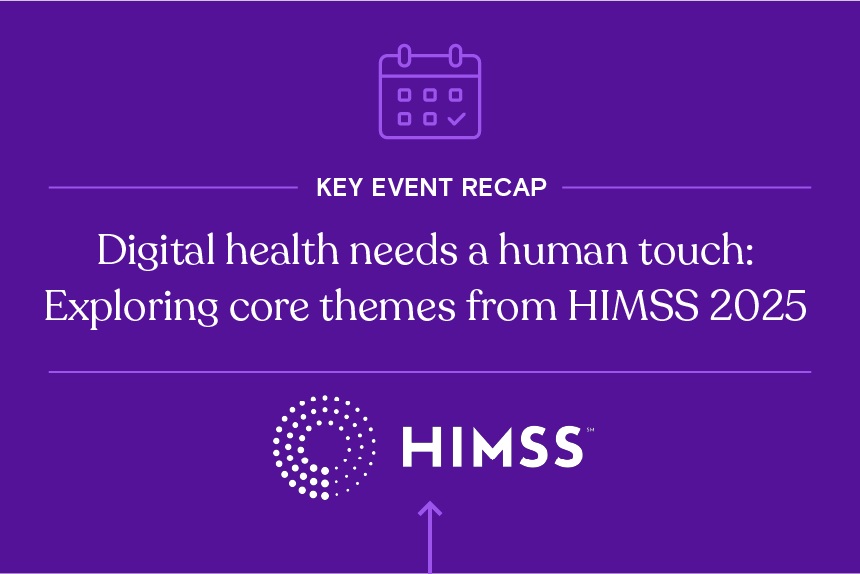| Rank | Vendor | % U.S. hospital EHR market share | Explore dataset |
|---|---|---|---|
| 1 | Epic Systems Corporation | 37.7% | Explore |
| 2 | Oracle Cerner | 21.7% | Explore |
| 3 | MEDITECH | 13.2% | Explore |
| 4 | Evident a CPSI Company | 6.9% | Explore |
| 5 | Altera Digital Health a Harris Company | 3.4% | Explore |
| 6 | MEDHOST | 3.3% | Explore |
| 7 | WellSky | 2.6% | Explore |
| 8 | Vista | 2.3% | Explore |
| 9 | Netsmart Technologies | 2.1% | Explore |
| 10 | Proprietary Software | 1.3% | Explore |
Fig. 1 Data from Definitive Healthcare Atlas Technology Install Dataset and HospitalView product. Data is from a variety of public and proprietary sources. Accessed January 2024.
What are the top three EHR systems?
Epic and Oracle Cerner collectively hold more than half of the inpatient EHR market share in the U.S.
Epic Systems Corporation is the largest EHR vendor with nearly 38% of hospital installations. With over 40 years of industry reputation and convenient integration capabilities across its platforms, it’s no surprise that Epic Systems still holds a healthy advantage in the EHR solutions industry.
In second place is Oracle Cerner with about 22% of the U.S. hospital EHR market share. When Oracle acquired Cerner in 2022, it solidified its place as one of the largest presences in the EHR market. Cerner already had a large percentage of the market share prior to the acquisition, but the addition of Oracle’s considerable cloud computing infrastructure has made their technology easier to navigate, which in turn may increase their market share further in the coming years.
Rounding out the top three is MEDITECH with 13% market share. Although MEDITECH isn’t the largest EHR vendor in the U.S., it is the largest hospital vendor in Canada. The company is steadily growing its international presence, with implementations now across 23 countries.
Is there any space for small EHR vendors?
While the market is dominated by large nationwide vendors, smaller vendors and proprietary systems are still holding their own, particularly in rural and critical access hospitals.
Larger hospitals are more likely to implement advanced EHR and EMR systems like those offered by Epic and Cerner, but according to the Office of the National Coordinator for Health Information Technology, 80 percent of critical access and rural hospitals reported using at least a basic EHR system.
Ambulatory EHRs vs. inpatient EHRs
Ambulatory or outpatient EHR systems are designed for use in small physician practices and other outpatient facilities. These EHRs are often only used within a single department and have less need for in-house interoperability.
Inpatient systems, however, are designed for hospital settings. Hospitals require an EHR system to function for multiple departments and emphasize in-house interoperability more than in an outpatient setting.
Though choosing the right inpatient EHR application can be challenging, nearly any EHR is an upgrade from the traditional method of printing records and manual notetaking.
Why were EHRs adopted into healthcare?
The Health Information Technology for Economic and Clinical Health (HITECH) Act helped to advance the fast embrace of EHRs thanks in part to financial incentives for Meaningful Use. The HITECH Act passed in 2009 and was designed to encourage healthcare providers to utilize electronic data recording and sharing technology, such as EHR systems, to improve clinical quality and care transparency among patients.
But what about the remaining hospitals that have not yet installed EHR systems?
The holdouts tend to be on the smaller end of the spectrum in terms of both revenue and bed count and typically have more specialized facilities. Specifically, psychiatric hospitals are the most likely to not have adopted an EHR yet as they were excluded from the initial funding from the HITECH Act and Meaningful Use programs, which made adopting these platforms more expensive. Additionally, psychiatric hospitals are bound by rigorous privacy guidelines that present barriers to adopting certain EHRs.
What’s next for EHRs?
EHR systems do a great job of managing the patient record, but they can lack functionality for other services.
When paired with modules such as clinical decision support systems, patient portals, and computerized provider order entries, an EHR can support improved care outcomes and simplify administrative tasks.
These software suites are usually referred to as electronic medical records. For more information on the past, present, and future of EMRs, check out this episode of the Definitively Speaking podcast featuring A. Hari Chaudhry of CareCloud.
Developers are increasingly incorporating features such as laboratory information systems, oncology management tools, operating room software, and other deeper-level integration programs to promote interoperability between hospitals and associated sites of care like physician groups and surgery centers.
Learn more
Software, information, and medical technology companies that sell into hospitals and doctors’ offices can use data points like EHR vendor installations from Definitive Healthcare to help identify prospective clients, create strategic account plans, and focus their sales efforts. Read our data and analytics buying guide or brush up on essential tips for establishing sales territories and quotas.
Want even more insights? Start a free trial now and get access to the latest healthcare commercial intelligence on hospitals, physicians, and other healthcare providers.





